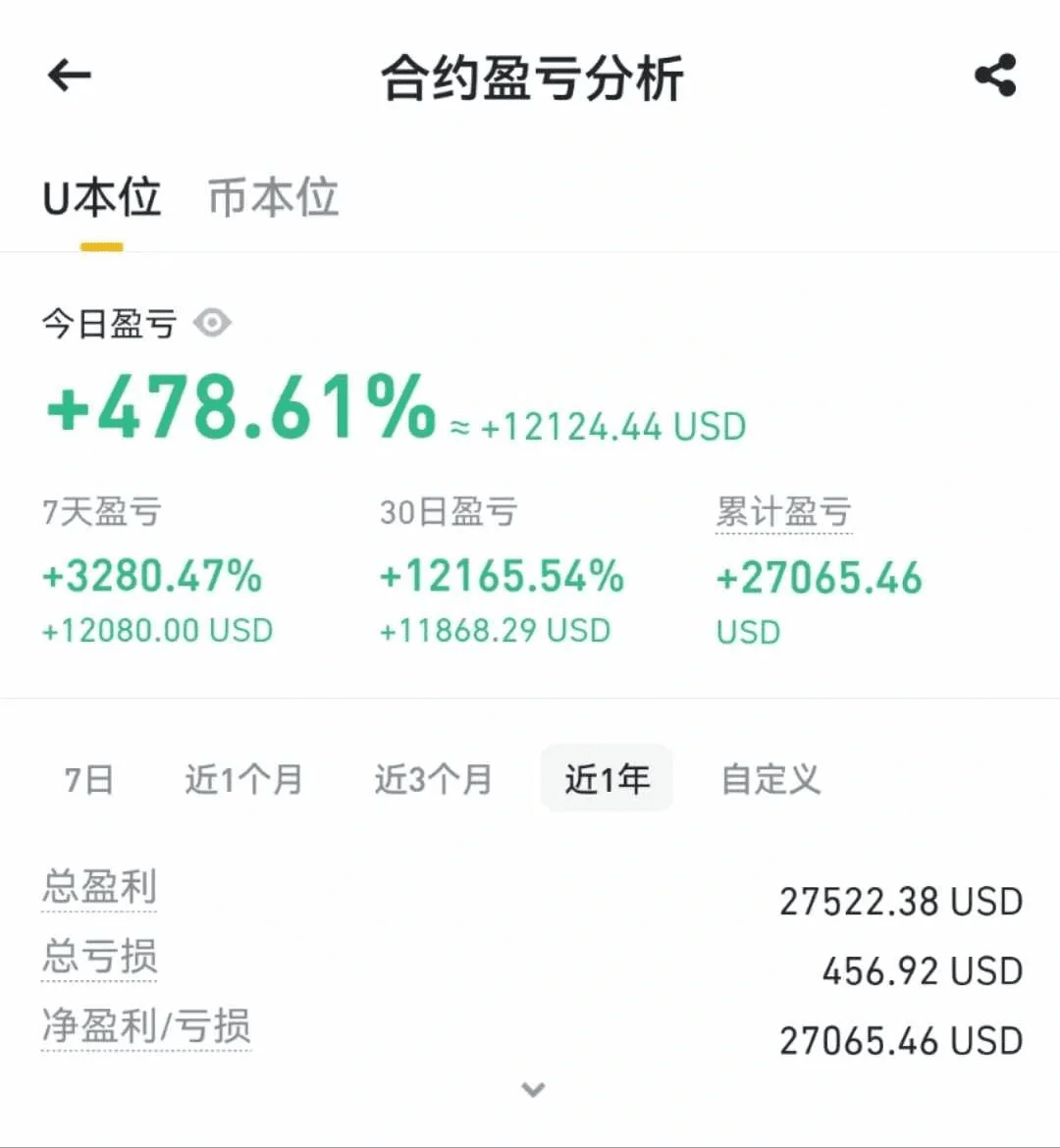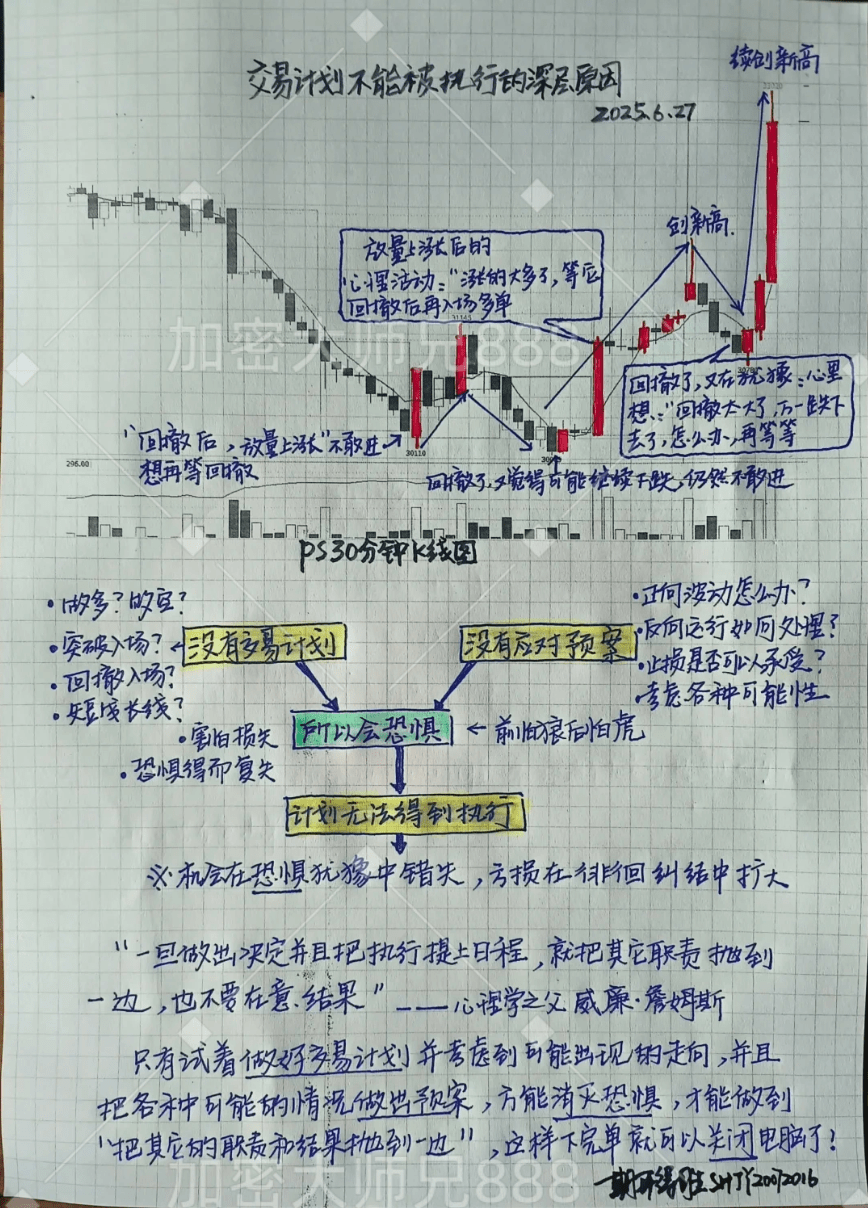There is a saying in the cryptocurrency community: 'Rolling positions can be both heaven and hell'. During that BCH market in 2018, some turned 50,000 into 3 million, while others went from millions to zero. But few explain clearly: rolling positions are not about being bold; they rely on technical indicators to lock in 'must-rise markets'. Today, we will break down the technical prerequisites, operational iron rules, and stop-loss secrets of rolling positions so you understand: true experts in rolling positions make money by following rules, not by gambling on luck.

1. Technical prerequisites for rolling positions: 3 signals confirm 'must-rise market'.
Not all markets can roll positions; 'extreme markets' that can lead to geometric growth in funds must meet 3 technical conditions (the markets of EOS and BCH in 2018 perfectly matched these conditions):
1. Weekly MACD breaks through the zero line.
When the weekly DIF line crosses the DEA line from below the zero line, and the red bars expand for 3 consecutive weeks (like EOS in the weekly chart of April 2018), it indicates that large capital is continuously entering the market, and the strength of the trend is sufficient to support rolling compound interest;
On the contrary, a golden cross below the zero line can only be considered a rebound, and rolling positions will certainly lead to liquidation (many altcoins experienced this step during their rebounds in 2022).
2. Break through key resistance levels and triple the volume.
When EOS starts at $2 and breaks through the previous high of $1.8, the trading volume suddenly expands to three times the average of the previous 5 days—this is a 'true breakout' signal, indicating that the main force does not want to give the latecomers a chance to enter at a low price;
If the breakout occurs with insufficient volume (for example, when a certain altcoin broke $5 in 2023 with only a 1.2 times increase in volume), it's likely a bait, and rolling positions will definitely get caught.
3. The long-short ratio in futures is below 0.8.
When 80% of the market is bearish, yet the price is rising (for example, BCH had a long-short ratio of 0.7 when it started), it indicates that retail investors are missing out, and the main force can ramp up without restraint—such 'divergent markets' are most suitable for rolling positions since selling pressure is minimal.
2. Practical techniques for rolling positions: 3 steps to achieve 'compound explosive profits' (with EOS case included).
Taking the example of EOS rising from $2 to $15 in 2018, use technical indicators to plan the rolling position rhythm:
1. Initial position: use 20x leverage, but the margin only accounts for 30% of the principal.
With a principal of 10,000 USDT, only open a long position of 3000 USDT (20x leverage corresponds to a position of 60,000 USDT), reserving 70% of the funds to hedge against volatility;
The entry point must be a 'golden cross between the 5-day line and the 10-day line', and the MACD red bar has just appeared (which just meets the criteria when EOS is at $2).
2. Rolling position increase: close and reopen positions each time a previous high is broken.
When EOS rises to $2.1 (breaking the previous high of $2.05), immediately close a position of 3000 USDT; the profit portion (about 300 USDT) is added to the principal to open a new position of 3300 USDT;
At this point, the margin is still controlled at 30% of the total funds (3300/11000≈30%), which amplifies profits while leaving room for buffer.
3. Profit-taking rhythm: reduce positions when the red bar shortens, and clear all positions immediately on a death cross.
When EOS rises to $10, the MACD red bar starts to shorten (20% shorter than the previous one), first close 50% of the position to lock in profits;
When it rises to $15, the weekly DIF line crosses below the DEA line, and all remaining positions are cleared—this step allowed BCH players in 2018 to avoid the subsequent waterfall.
3. Risk control techniques: is it zeroed out after one mistake? Use these 2 indicators for protection.
The fatal risk of rolling positions is 'not noticing when the trend reverses'; these two technical signals can allow you to escape in advance:
1. The 5-day line turns downward and the closing price breaks the 10-day line.
Regardless of how much profit is made, if the price drops below the 10-day line (for example, when EOS drops from $15 to $13.5 and breaks the 10-day line), immediately close 80% of the position;
This is 10 times more reliable than 'taking profits based on intuition'. How many people in 2018 were trapped because they 'imagined $1000' and ignored this line, only to face liquidation when the price dropped from $15 to $3.
2. The futures premium rate suddenly turns negative.
During normal increases, the futures price is 5%-10% higher than the spot price (positive premium rate). If it suddenly changes to -3% (futures lower than spot), it indicates that the main force is secretly closing positions.
Three hours before the BCH market peaked, the futures premium rate dropped from 8% to -2%. Those who understood this signal all escaped.
Lastly, a painful truth: the two people who became rich through rolling positions in 2018 were not just lucky; they happened to adhere to these technical rules. Meanwhile, 99% of those who faced liquidation were 'adding positions when MACD gave a death cross' or 'fantasizing after breaking the 10-day line'.
The essence of rolling positions is not about 'risking it all', but rather 'those with proper techniques earn the money of those without'. Save this article; the next time you encounter a market where the weekly MACD breaks through the zero line, you will know what to do—remember, locking in profits with rules is more important than fantasizing about getting rich quickly.
What is the craziest case of rolling positions you've ever seen?

If you are also a technical enthusiast feeling helpless and confused in trading, and want to learn more about cryptocurrency-related knowledge and cutting-edge information, click on my profile to follow me, and you won't be lost anymore! Having a clear view of the market gives you confidence in your operations. Steady profits are much more practical than fantasizing about getting rich quickly.